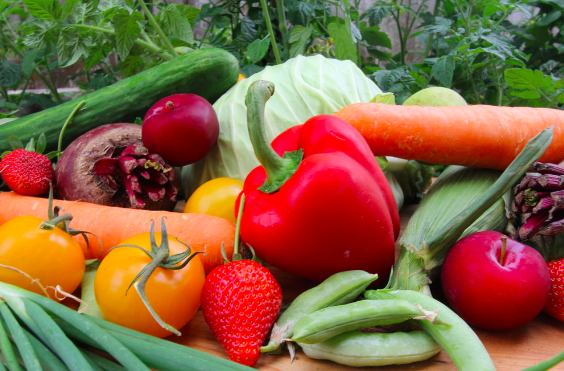Why all the fuss about fibre?
Katie Noble, SPCNM Graduate Practitioner 2019
For me fibre still conjures up images of elderly people, the token expired Metamucil in the pantry and daily bowls of insipid bran cereal that need to be endured to “keep you regular”.
There is so much more to fibre, and it is so important to the healthy function of our bodies. It comes up again and again as vital in the treatment of many modern illness due to its ability to:
- Bind to bile salts and cholesterol to prevent them from being absorbed from the digestive tract and therefore lowering cholesterol levels
- Assists with the excretion of oestrogen
- Bulk up our stool which helps move waste through the digestive tract, faster transit = less contact toxins have with the intestinal cells
- Provide a food source for the good bacteria in the gut which then create short chain fatty acids which feed your colon cells and provide 10% of our calorie needs. SCFAs are also anti-inflammatory in the gut
- Increase feelings of fullness and slow down gastric emptying which helps us feel fuller for longer
What is fibre?
Fibre is the part of plants that resists digestion and is not absorbed so subsequently ferments in the large intestine. It can be dietary from fruits, vegetables and grain or functional which is added to foods during processing.
Fibre is either:
- Soluble which is found in oats, beans and some fruit and vegetables which creates a gel when mixed with liquid that helps promotes the growth of desirable bacteria and helps lower blood glucose levels and cholesterol
Or
- Insoluble which bulks up the stool and encourages bowel movements while sweeping down the digestive tract. It is found in whole grains, bran, kidney beans and fruit and vegetables.
Before the advent of grain cultivation, our large fibre intake was mainly from fruit and vegetables. Studies of African tribes in the 1970’s and 80’s revealed they were often consuming more than 100g fibre per day and experienced a much lower incidence of coronary heart disease, diabetes, diverticulosis and gallstones. Our western diet with processed and refined foods means our fibre intake is significantly lower and the 2008 / 2009 Adult Nutritional Survey revealed most of us Kiwis just aren’t getting enough of the good stuff: men are having on average 22g, females around 17.5g and children 17.9g. The Ministry of Health recommends 30g for men and 25g for women. The sad news is that fibre from grain contains phytic acid which can prevent the absorption of essential minerals like magnesium, zinc and iron, so fruits and vegetables are really the best source of fibre.
How to increase your fibre:
- Turn to fresh fruit or vegetables for snacks between meals and keep the skin on for the extra fibre
- Switching white foods for brown alternatives: whole grain breads, brown rice and pasta and try out recipes with buckwheat, millet, oat and rye. Try using ground oats as a part replacement for flour in some biscuit recipes
- Add barley, chickpeas and lentils to soups and stews and grate some carrot and courgettes or add beans into mince dishes for children to get some valuable vegetables in under the radar of fussy eaters
- Add nuts and seeds to salads or smoothies
Eating good quantities of fibre especially the soluble type can lower the risk of obesity, cardiovascular disease, cancer, diabetes, atopic illness and many gastrointestinal disorders. Kids with low fibre diets are more likely to have an increased life-long risk of these disorders but it’s never too late to get more in. Remember as with anything, variety is the key to keep the bowel bacteria guessing.
When increasing your fibre intake take it slowly, a large change can cause some unwanted side effects of fermentation like gas and bloating and make sure you are also drinking plenty of water.
References
Brewer, S. (2013). Eat well, stay well: What to eat to beat common ailments. London, England: Connections Book Publishing
Hechtman, L. (2012). Clinical naturopathic medicine. Sydney, Australia: Churchill Livingstone: Elsevier
Lyon, M. (2013). Dietary Fiber. In M. Murray & J. Pizzorno (Eds.), The textbook of natural medicine (pp. 469 – 474). New York, NY: Churchill Livingstone Elsevier
Murray, M., Pizzorno, J. & Pizzorno, L. (2005). The encyclopaedia of healing foods. New York, NY: Atria Books
New Zealand Nutrition Foundation. (2015). Dietary fibre. Retrieved from: Click here…




